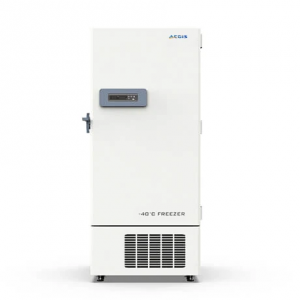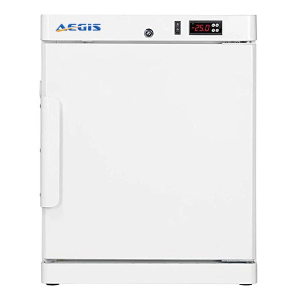Manually Defrosting a Lab Freezer
How to Defrost a Manual Defrost Lab Freezer
Smooth functioning of laboratory freezers is crucial to ensure the potency and safety of the medical components placed within. Timely maintenance of freezers may include aspects such as regular internal cleaning and defrosting, especially for manual defrost freezers, which keeps them functioning in prime condition.
Why should you defrost your manual defrost Freezer?
Regular defrosting of a freezer helps eliminate the buildup of ice that may coat the interior walls of the freezer and reduce its efficiency. This could impact the ability of the freezer to maintain the required temperature.
Thus, defrosting helps extend the life of the freezer by reducing the effort needed to maintain the required temperature. It ultimately reduces the costs related to power and technical maintenance of the freezer.
Defrosting Process: How to defrost efficiently
The process of defrosting takes time. Depending upon the size of the freezer, temperature being maintained by the freezer as well as the amount of ice build-up, it could take almost an entire day for the freezer to defrost completely.
Hence, it is important to schedule the defrosting at a time when the freezer has the least usage. Or a back-up freezer could be utilised in the mean-time to temporarily store vital medical components. The back-up freezer should also adhere to all the necessary storage requirements.
Unplugging the freezer from the power source and having the door open can speed up the defrosting process. Hot water sprays can be used to melt the frozen ice and accelerate the defrosting process. Using forceful methods such as pounding or chipping off the ice could damage the freezer and hence, should be avoided.
It is also important to place items such as newspapers, sponges or rags around the freezer as it defrosts to soak the excess water and avoid hazards such as slipping over the wet floor or electrocution.
Once the freezer is completely dried out the process of defrosting is completed. It is important to ensure that there are no water droplets stuck to the freezer as they might turn into ice immediately after plugging the freezer back in.
Once the freezer is turned back on, it should be provided with sufficient time to reach the desired storage temperature. Contents should be placed back in only after confirming that the ideal temperature is reached as per the requirements.
At Aegis, we offer a range of manual and automatic defrost freezers with a host of benefits such as forced air cooling with an internal fan that ensures temperature stability and uniformity. They also have multiple alarm systems for safe operation. They feature a large storage space, adjustable shelf and built-in evaporator.
Being environmentally conscious, Aegis’ freezers HC refrigeration system contains no chlorine or fluorine. The freezers have a urethane foam insulation that complies with European ROHS regulation.
You can browse through our range of manual and automatic defrost freezers, refrigerators as well as sensors to know more. We urge you to talk to our representative at 1-800-796-2344 in case you need help finding the right match for you based on your requirements.




